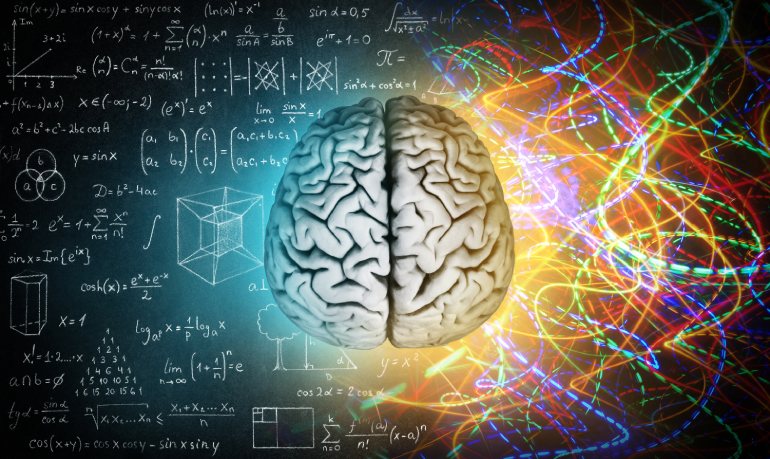 Until now, artificial intelligence (AI) and machine learning (ML) were only a distant vision of the future for many companies; however, the democratization of artificial intelligence and machine learning technologies will move forward this year, predicts enterprise search and AI specialist IntraFind.
Until now, artificial intelligence (AI) and machine learning (ML) were only a distant vision of the future for many companies; however, the democratization of artificial intelligence and machine learning technologies will move forward this year, predicts enterprise search and AI specialist IntraFind.
"Artificial intelligence and machine learning will increasingly arrive at companies in 2022," Franz Kögl, CEO at IntraFind states, explaining that "new methods are democratizing technology and enabling more and more companies to reduce costs through automation.” “Customers will also benefit from this development, because intelligent searches, chatbots and voice assistants also improve the user experience", he concludes.
AI and especially the sub-area of ML have developed into important and indispensable helpers in many areas due to huge amount of data available today.
Platform giants are collecting unimaginable amounts of data to feed generally available AI methods available for generalized use cases. However, companies can only use these generalized models to a limited extent in the specific context of use. For optimal adjustment, they must train the AI with real data, which is only available in small quantities in a specific context.
IntraFind predicts how the situation around AI will develop in the coming year based on the following three trends analyses:
1. More focus on Small Data and Wide Data
For a long time, Big Data was mostly indispensable when it came to training AI. The problem, however, is that in practice only a few companies and developers have access to enough training data. As a result, much of the business community is largely excluded from the technologies of tomorrow. New trends such as Small and Wide Data are therefore just in time to make AI and ML accessible to smaller companies.
Small Data approaches aim to extract value from smaller data sets with ML techniques optimized for them using new analytics techniques. Wide Data is about creating synergies from a wide range of different data sources and types to improve context for AI applications. With these approaches, companies can leverage their own treasure trove of data effectively and profitably.
A study by the market research and consulting company Gartner shows just how interesting the new approaches are: according to this study, around 70 percent of all companies will shift their focus from Big Data to Small and Wide Data by 2025.
2. Intelligent Document Processing on the rise
Intelligent document analysis enables completely new working methods, as companies can digitize and partially or fully automate processes. In this way, processes can be optimized and implemented much more efficiently. Public authorities and large companies have vast amounts of data, and new data is added every day. Often, several employees are entrusted with filtering the relevant information from documents that are required for further processing. This takes a lot of time, and the human factor makes for a comparatively high susceptibility to errors. Intelligent Document Processing (IDP), i.e., the use of AI-based software for processing documents, is becoming increasingly important and at the same time enables the automation of workflows.
With IDP, companies and government agencies can automate their front- and back-office processes. Application reviews, order acceptance as well as updating customer and payment data are prominent application areas for this technology. In addition, IDP software helps with regulatory compliance or product tracking via supply chain systems in retail. Ultimately, the areas of application include all text-based work processes.
3. Advances in Conversational AI
Anthropomorphism, the humanization of technology, has always been a major topic in the field of artificial intelligence. At the latest with Siri on the iPhone and Alexa on the TV, this phenomenon has crept into everyday life. Experts call these smart, AI-based voice assistants and other dialog systems conversational AI. They will become even more important in 2022.
This technology is a real asset, especially in customer service. For chatbots and question answering systems as virtual assistants to be of real help to customers and thus also to companies, several challenges must be overcome: the AI must correctly interpret, "understand”, and provide answers to customer queries, as well as rely on a human expert as infrequently as possible. To make this experience as natural as possible, Natural Language Processing (NLP) is used.
The better the conversational AI system works; the more customer inquiries companies can process automatically. This not only saves employee resources, but also makes customers less dependent on business hours. (Source: IntraFind)
By MediaBUZZ


